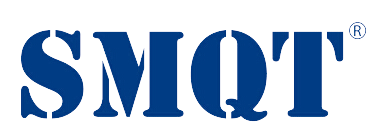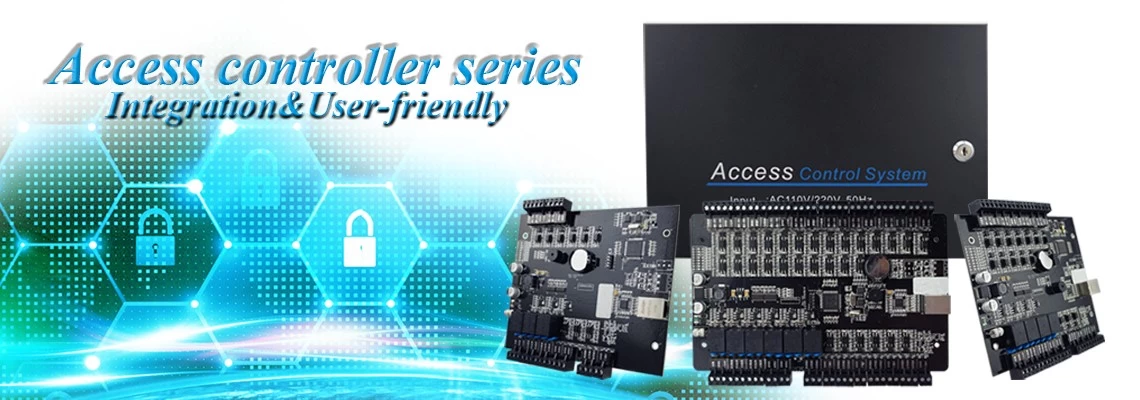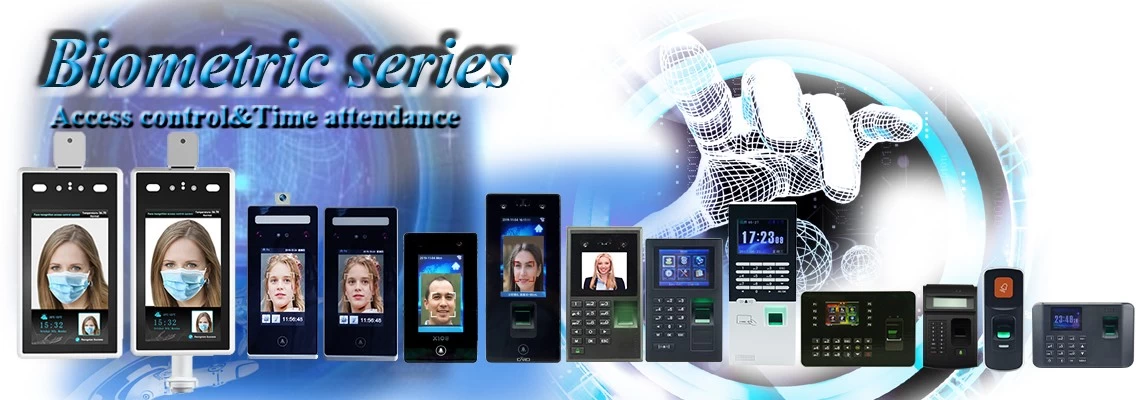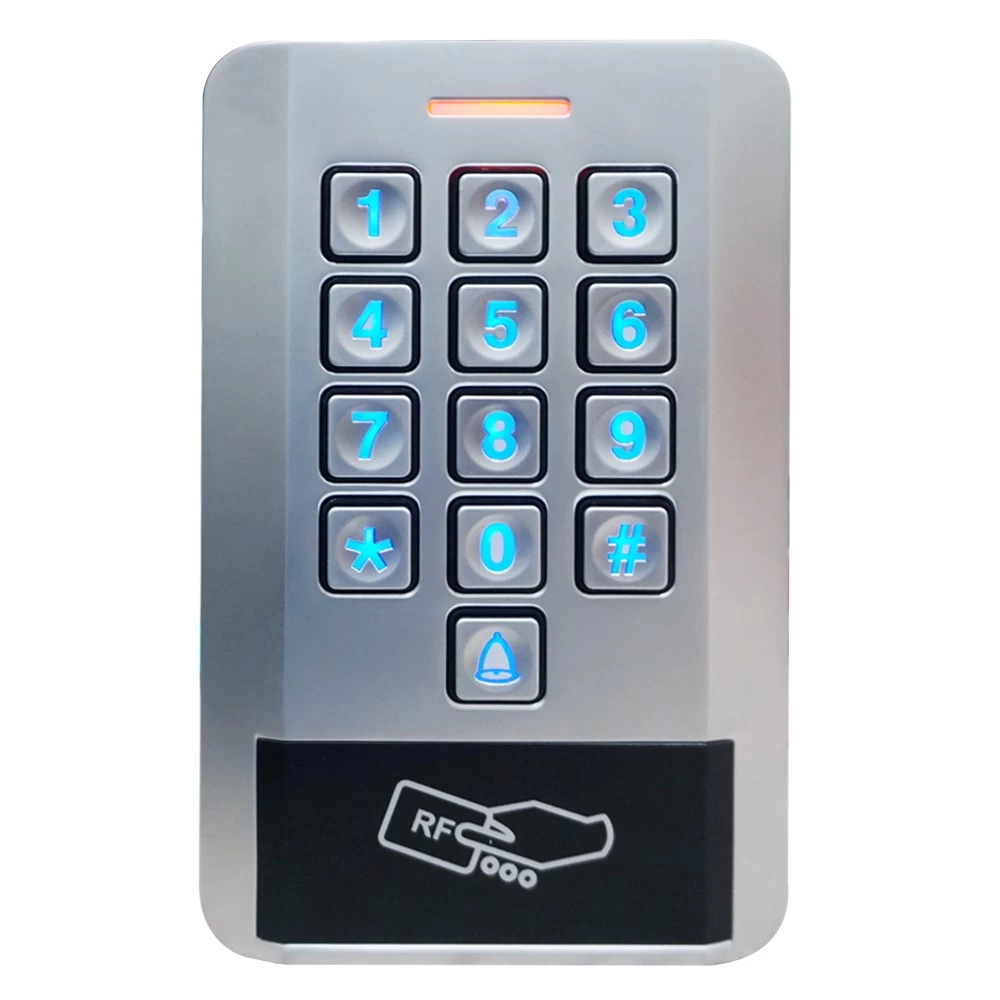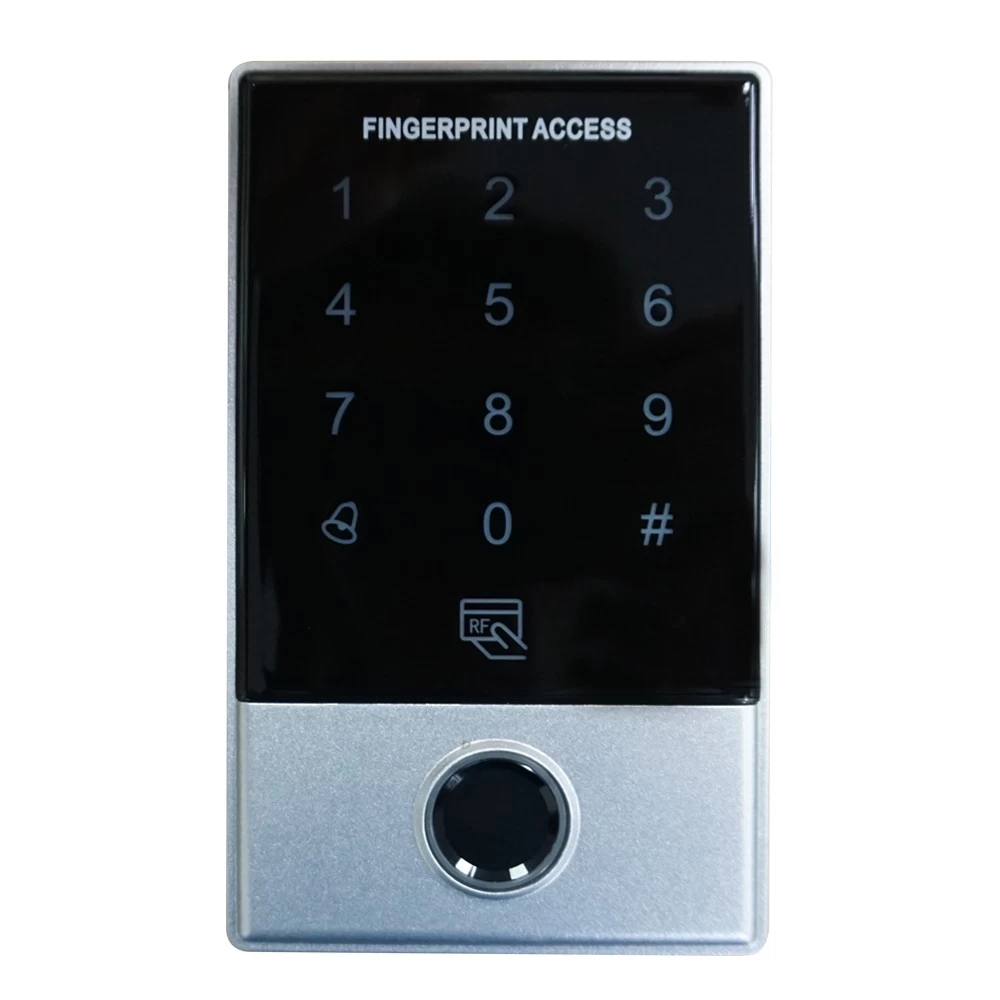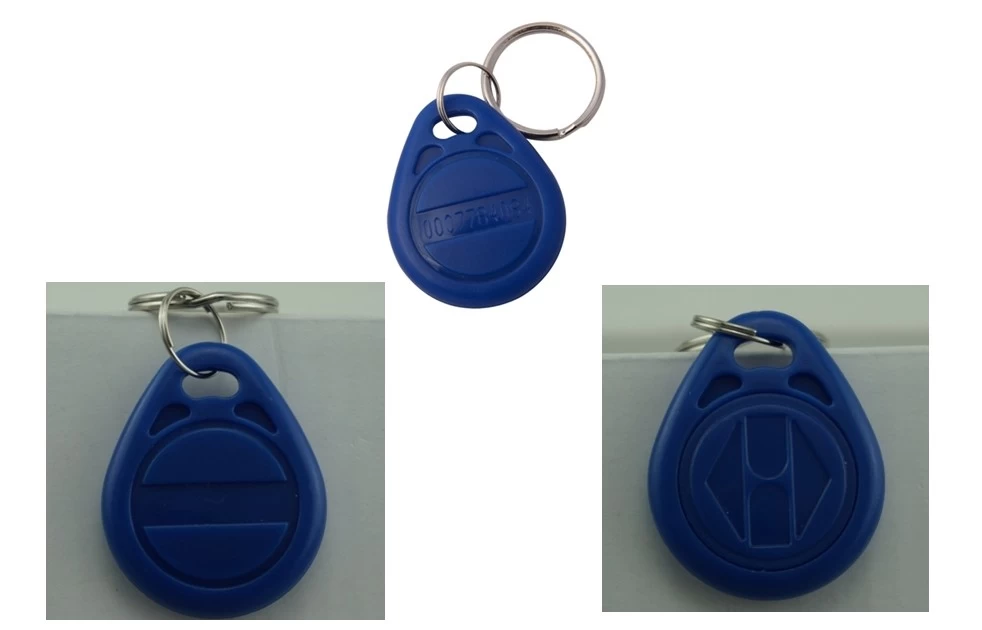What is RFID (radio frequency identification technology)
Snoppy Huang
CPS encyclopedia
2016-07-13 09:55:20
What is RFID (radio frequency identification technology)
Radio Frequency Identification (RFID), is the 1980s developed a new automatic identification technology, radio frequency identification technology is the use of a radio frequency signal through space coupling (alternating magnetic field or electromagnetic field) to achieve non-contact transmission of information and through the transfer information technology to achieve the purpose of identification. RFID is a simple wireless system, there are only two basic components, the system is used to control, detect and track objects. System consists of an interrogator (or reader) and a lot of transponders (or tags) components. Currently RFID technology is very broad, such as: libraries, access control systems, time and attendance, food safety, traceability and so on.
1.Concept
Radio Frequency Identification RFID system
Automatic identification system consists of radio frequency tags, readers and computer networks thereof. Typically accuracy, reader transmit power electromagnetic field is formed in a region, sending the stored data, the RF tag reader receives a signal transmitted by the signal passes through the RF tag reader detects the region, and verifies the decoded data in order to achieve the purpose of identification.
2.Technology
Initially in the technical field, the transponder is capable of transmitting information refers to information in reply to an electronic module, in recent years, due to the rapid development of radio frequency technology, the transponder has a new argument and meaning, also called a smart tag or label. RFID Electronic elevator certificate reader (reader) to communicate wirelessly through the antenna and the RFID tag, can read or write to the tag identification code and data memory. A typical reader comprises a high-frequency module (transmitter and receiver), a control unit and a reader antenna.
Radio Frequency Identification RFID is a non-contact automatic identification technology, automatic target recognition and access to relevant RF signal data, identification of work without human intervention, can work in harsh environments. RFID technology can identify fast moving objects and can also identify multiple tags, easy to operate.
Tag : the coupling components and chips, and each tag has a unique electronic code, attached to the object to identify the target object.
Reader : read (sometimes also write) device tag information, and can be designed for handheld rfid reader (eg: C5000W) or fixed reader;
Antenna : RF signal transfer between the tag and the reader.
3.Working principle
After the label into the magnetic field, radio frequency signals emitted by the received interpretation, by virtue of the energy induced current obtained sends out product information (Passive Tag, a passive tag or passive tag) is stored in the chip, or by the initiative to send a frequency tag signal (active tag, active tags or active tag), the reader reads the information and decoded and sent to the central information system relating to data processing.
A complete RFID system is determined by the reader (Reader) and the electronic tag (TAG) is a so-called transponder (Transponder) and application software system consisting of three parts, which works by emitting a specific frequency Reader radio wave energy to Transponder, Transponder circuit for driving the internal data sent, then the Reader will interpret the received data sequentially, to the applications handled accordingly.
In communications and energy induction system RFID card reader and electronic tag view generally can be divided between: backscatter coupling (BackscatterCoupling) two kinds of inductive coupling (Inductive Coupling) and after. Usually low-frequency RFID mostly used the first type, while the higher frequencies they use the second approach.
Reader according to the structure and use of different techniques may be read or read / write device, the RFID system is the control and information processing center. Readers usually by the coupling module, transceiver modules, control modules and interface units. Generally use the half-duplex communication between the reader and the transponder exchange of information, and the reader through the coupling to provide energy and passive transponder timing. In practical applications, can further achieve the object identification information acquisition, processing and remote transmission management functions via Ethernet or WLAN, etc. Transponder RFID system is the information carrier, the current transponder mostly by coupling the original (coil, microstrip antennas, etc.) and micro chips passive unit.
4.Working
The basic work into a full-duplex radio frequency identification system (Full Duplex) and half-duplex (Half Duplex) system and a timing (SEQ) systems. Represents full duplex transmit information between each other at the same time the RF tag and reader. Half-duplex means that you can transfer information between two-way radio frequency tags and readers, but at the same time to transmit information in one direction only.
In full and half duplex systems, in response to the RF tag is sent in the case of the electromagnetic field or electromagnetic waves emitted by the reader out. As compared with the reader's own signal, RF tag signal at the receiving antenna is weak, you must use the appropriate transmission method, in order to signal the difference signal and RF tag reader off. In practice, the data transmission from the RF tag reader to the general reflection load modulation techniques will be loaded onto a radio frequency tag data echo (especially for passive RFID tag systems).
Timing method is in contrast to the reader radiated electromagnetic fields short time periodically disconnected. These intervals are identified RF tag, and is used to transfer data from the RF tag reader. In fact, this is a typical radar work. Method timing disadvantage is that: when the reader sends an intermittent energy supply interruption RF tag, which must be compensated for by a sufficiently large load or auxiliary capacitor auxiliary battery.
5.Operating frequency
Typically the reader frequency used for transmission is called RFID system frequency. Common operating frequency of the low frequency 125kHz, 134.2kHz and 13.56MHz and so on. Low-frequency systems generally refers to the operating frequency of less than 30MHz, the typical working frequency: 125KHz, 225KHz, 13.56M, etc. These applications frequency radio frequency identification system generally have corresponding international standards to support it. Its essential feature is that the lower cost of electronic tags, the small amount of data stored in the tag, reading distance is shorter, the electronic tag shape diversity (cards, rings, buttons shaped like a pen), read directional antenna is not strong Wait.
1.Concept
Radio Frequency Identification RFID system
Automatic identification system consists of radio frequency tags, readers and computer networks thereof. Typically accuracy, reader transmit power electromagnetic field is formed in a region, sending the stored data, the RF tag reader receives a signal transmitted by the signal passes through the RF tag reader detects the region, and verifies the decoded data in order to achieve the purpose of identification.
2.Technology
Initially in the technical field, the transponder is capable of transmitting information refers to information in reply to an electronic module, in recent years, due to the rapid development of radio frequency technology, the transponder has a new argument and meaning, also called a smart tag or label. RFID Electronic elevator certificate reader (reader) to communicate wirelessly through the antenna and the RFID tag, can read or write to the tag identification code and data memory. A typical reader comprises a high-frequency module (transmitter and receiver), a control unit and a reader antenna.
Radio Frequency Identification RFID is a non-contact automatic identification technology, automatic target recognition and access to relevant RF signal data, identification of work without human intervention, can work in harsh environments. RFID technology can identify fast moving objects and can also identify multiple tags, easy to operate.
Tag : the coupling components and chips, and each tag has a unique electronic code, attached to the object to identify the target object.
Reader : read (sometimes also write) device tag information, and can be designed for handheld rfid reader (eg: C5000W) or fixed reader;
Antenna : RF signal transfer between the tag and the reader.
3.Working principle
After the label into the magnetic field, radio frequency signals emitted by the received interpretation, by virtue of the energy induced current obtained sends out product information (Passive Tag, a passive tag or passive tag) is stored in the chip, or by the initiative to send a frequency tag signal (active tag, active tags or active tag), the reader reads the information and decoded and sent to the central information system relating to data processing.
A complete RFID system is determined by the reader (Reader) and the electronic tag (TAG) is a so-called transponder (Transponder) and application software system consisting of three parts, which works by emitting a specific frequency Reader radio wave energy to Transponder, Transponder circuit for driving the internal data sent, then the Reader will interpret the received data sequentially, to the applications handled accordingly.
In communications and energy induction system RFID card reader and electronic tag view generally can be divided between: backscatter coupling (BackscatterCoupling) two kinds of inductive coupling (Inductive Coupling) and after. Usually low-frequency RFID mostly used the first type, while the higher frequencies they use the second approach.
Reader according to the structure and use of different techniques may be read or read / write device, the RFID system is the control and information processing center. Readers usually by the coupling module, transceiver modules, control modules and interface units. Generally use the half-duplex communication between the reader and the transponder exchange of information, and the reader through the coupling to provide energy and passive transponder timing. In practical applications, can further achieve the object identification information acquisition, processing and remote transmission management functions via Ethernet or WLAN, etc. Transponder RFID system is the information carrier, the current transponder mostly by coupling the original (coil, microstrip antennas, etc.) and micro chips passive unit.
4.Working
The basic work into a full-duplex radio frequency identification system (Full Duplex) and half-duplex (Half Duplex) system and a timing (SEQ) systems. Represents full duplex transmit information between each other at the same time the RF tag and reader. Half-duplex means that you can transfer information between two-way radio frequency tags and readers, but at the same time to transmit information in one direction only.
In full and half duplex systems, in response to the RF tag is sent in the case of the electromagnetic field or electromagnetic waves emitted by the reader out. As compared with the reader's own signal, RF tag signal at the receiving antenna is weak, you must use the appropriate transmission method, in order to signal the difference signal and RF tag reader off. In practice, the data transmission from the RF tag reader to the general reflection load modulation techniques will be loaded onto a radio frequency tag data echo (especially for passive RFID tag systems).
Timing method is in contrast to the reader radiated electromagnetic fields short time periodically disconnected. These intervals are identified RF tag, and is used to transfer data from the RF tag reader. In fact, this is a typical radar work. Method timing disadvantage is that: when the reader sends an intermittent energy supply interruption RF tag, which must be compensated for by a sufficiently large load or auxiliary capacitor auxiliary battery.
5.Operating frequency
Typically the reader frequency used for transmission is called RFID system frequency. Common operating frequency of the low frequency 125kHz, 134.2kHz and 13.56MHz and so on. Low-frequency systems generally refers to the operating frequency of less than 30MHz, the typical working frequency: 125KHz, 225KHz, 13.56M, etc. These applications frequency radio frequency identification system generally have corresponding international standards to support it. Its essential feature is that the lower cost of electronic tags, the small amount of data stored in the tag, reading distance is shorter, the electronic tag shape diversity (cards, rings, buttons shaped like a pen), read directional antenna is not strong Wait.
High frequency systems generally refers to the operating frequency is greater than 400MHz, the typical working band has: 915MHz, 2.45GHz, 5.8GHz and so on. HF systems in these bands also have a large number of international standards to support it. The basic characteristics of the high-frequency system is an electronic tag and reader costs are high, the amount of data stored in the tag larger reading distance (up to a few meters to 10 meters), to adapt to fast-moving objects better performance, the general shape of the card shaped antenna and electronic tag read had strong directional antenna.
6.Classification
RFID technology products derived about three main categories: passive RFID products, active RFID products, semi-active RFID products.
Passive RFID product development of the earliest and most mature, the most widely used product market. For example, bus cards, cafeteria meal card, bank cards, hotel access cards, second-generation ID cards, etc., this can be seen everywhere in our daily lives, are in close contact type identification class. The main products are low-frequency of 125KHZ, high frequency 13.56MHZ, UHF 433MHZ, UHF 915MHZ.
6.Classification
RFID technology products derived about three main categories: passive RFID products, active RFID products, semi-active RFID products.
Passive RFID product development of the earliest and most mature, the most widely used product market. For example, bus cards, cafeteria meal card, bank cards, hotel access cards, second-generation ID cards, etc., this can be seen everywhere in our daily lives, are in close contact type identification class. The main products are low-frequency of 125KHZ, high frequency 13.56MHZ, UHF 433MHZ, UHF 915MHZ.
Active RFID products, developed slowly in recent years, and its long-range automatic identification characteristics, determine its huge application space and market potential. In the field of long-range automatic identification, such as smart prisons, hospitals intelligent, smart parking, smart transportation, smart city, Smarter Planet and physical networking and other areas of major applications. Active RFID in this field have sprung up everywhere, are long-range automatic identification. Product main frequency of UHF 433MHZ, 2.45GHZ microwave and 5.8GMHZ.
Active and passive RFID products RFID products, their different characteristics determine the different applications and different application mode, also have their own advantages. However, in this system, we highlight the range of semi-active RFID products, active RFID and passive RFID between the product set active RFID and passive RFID advantages in one, precise positioning in and out access management, personnel areas, regional location management, perimeter management, electronic fences and security alarms, etc. has a great advantage.
Semi-active RFID products, combined with the advantages of active and passive RFID products RFID products, triggering a low frequency 125KHZ frequency, the microwave 2.45G let advantage. Semi-active RFID technology, also called low-activated trigger technology, the use of low frequency close precise positioning, microwave long-range identification and upload data to solve a simple active RFID and passive RFID is no way to achieve the function. Simply put, that is close to the activation position, long-range identification and upload the data.
Semi-active RFID is an easy to handle, simple and practical application flexibility and is particularly suitable for automation and control technology for the identification work without human intervention, it can support read-only mode of operation can also support read and write mode, and without contact or aim; free to operate in harsh environments, the short-range RF products are not afraid of grease, dust, pollution and other harsh environments, can replace the bar code, for example, on the factory assembly line track objects; RF products used for long-distance traffic, recognition distance of up to tens of meters, such as automatic toll collection or identify the vehicle status.
7.System benefits
RFID is an easy to handle, simple and practical application flexibility and is particularly suitable for automation and control technology for the identification work without human intervention, it can support read-only mode of operation can also support read and write mode, and without contact or sight; can work freely in a variety of harsh environments: short-range RF products are not afraid of grease, dust, pollution and other harsh environments, can replace the bar code, for example, on the factory assembly line track objects; RF products used for long-distance traffic, recognition distance up to tens of meters, such as automatic toll collection or identify the vehicle status. Radio frequency identification system has the following main aspects of the system advantages:
Fast and easy to read: read data without light, even through the packaging to. Effectively identify a greater distance, when using the active tag comes with battery, the effective recognition distance up to 30 meters;
Identification speed: a label into the magnetic field, the reader can instantly read the information, and can handle multiple labels in batch identification;
Data capacity: The maximum data capacity of the two-dimensional barcode (PDF417), also can store up to 2725 numbers; if letters, storage capacity will be less; RFID tag can be expanded to dozens of K according to the needs of users;
Long life, wide range of applications: its radio communication system, so that it can be applied to dust, oil, high pollution and radioactivity, and its closed-end packaging makes their life much more than a printed bar code;
Label data can be changed dynamically: the programmer can use to write data to impart functional RFID tag interactive portable data file, and write less time compared to print bar codes;
Better security: not only can be embedded or attached on different shapes, types of products, but also can read and write tag data is password protected, so as to have higher security;
Dynamic real-time communication: Label with the 50 to 100 times per second, the frequency of communication with the reader, so long as the RFID tag is attached objects appear within the effective range of identification readers, it can dynamically track and monitor their position .
Active and passive RFID products RFID products, their different characteristics determine the different applications and different application mode, also have their own advantages. However, in this system, we highlight the range of semi-active RFID products, active RFID and passive RFID between the product set active RFID and passive RFID advantages in one, precise positioning in and out access management, personnel areas, regional location management, perimeter management, electronic fences and security alarms, etc. has a great advantage.
Semi-active RFID products, combined with the advantages of active and passive RFID products RFID products, triggering a low frequency 125KHZ frequency, the microwave 2.45G let advantage. Semi-active RFID technology, also called low-activated trigger technology, the use of low frequency close precise positioning, microwave long-range identification and upload data to solve a simple active RFID and passive RFID is no way to achieve the function. Simply put, that is close to the activation position, long-range identification and upload the data.
Semi-active RFID is an easy to handle, simple and practical application flexibility and is particularly suitable for automation and control technology for the identification work without human intervention, it can support read-only mode of operation can also support read and write mode, and without contact or aim; free to operate in harsh environments, the short-range RF products are not afraid of grease, dust, pollution and other harsh environments, can replace the bar code, for example, on the factory assembly line track objects; RF products used for long-distance traffic, recognition distance of up to tens of meters, such as automatic toll collection or identify the vehicle status.
7.System benefits
RFID is an easy to handle, simple and practical application flexibility and is particularly suitable for automation and control technology for the identification work without human intervention, it can support read-only mode of operation can also support read and write mode, and without contact or sight; can work freely in a variety of harsh environments: short-range RF products are not afraid of grease, dust, pollution and other harsh environments, can replace the bar code, for example, on the factory assembly line track objects; RF products used for long-distance traffic, recognition distance up to tens of meters, such as automatic toll collection or identify the vehicle status. Radio frequency identification system has the following main aspects of the system advantages:
Fast and easy to read: read data without light, even through the packaging to. Effectively identify a greater distance, when using the active tag comes with battery, the effective recognition distance up to 30 meters;
Identification speed: a label into the magnetic field, the reader can instantly read the information, and can handle multiple labels in batch identification;
Data capacity: The maximum data capacity of the two-dimensional barcode (PDF417), also can store up to 2725 numbers; if letters, storage capacity will be less; RFID tag can be expanded to dozens of K according to the needs of users;
Long life, wide range of applications: its radio communication system, so that it can be applied to dust, oil, high pollution and radioactivity, and its closed-end packaging makes their life much more than a printed bar code;
Label data can be changed dynamically: the programmer can use to write data to impart functional RFID tag interactive portable data file, and write less time compared to print bar codes;
Better security: not only can be embedded or attached on different shapes, types of products, but also can read and write tag data is password protected, so as to have higher security;
Dynamic real-time communication: Label with the 50 to 100 times per second, the frequency of communication with the reader, so long as the RFID tag is attached objects appear within the effective range of identification readers, it can dynamically track and monitor their position .
